From Yen to Zen: How to Enjoy Japan Without Breaking the Bank
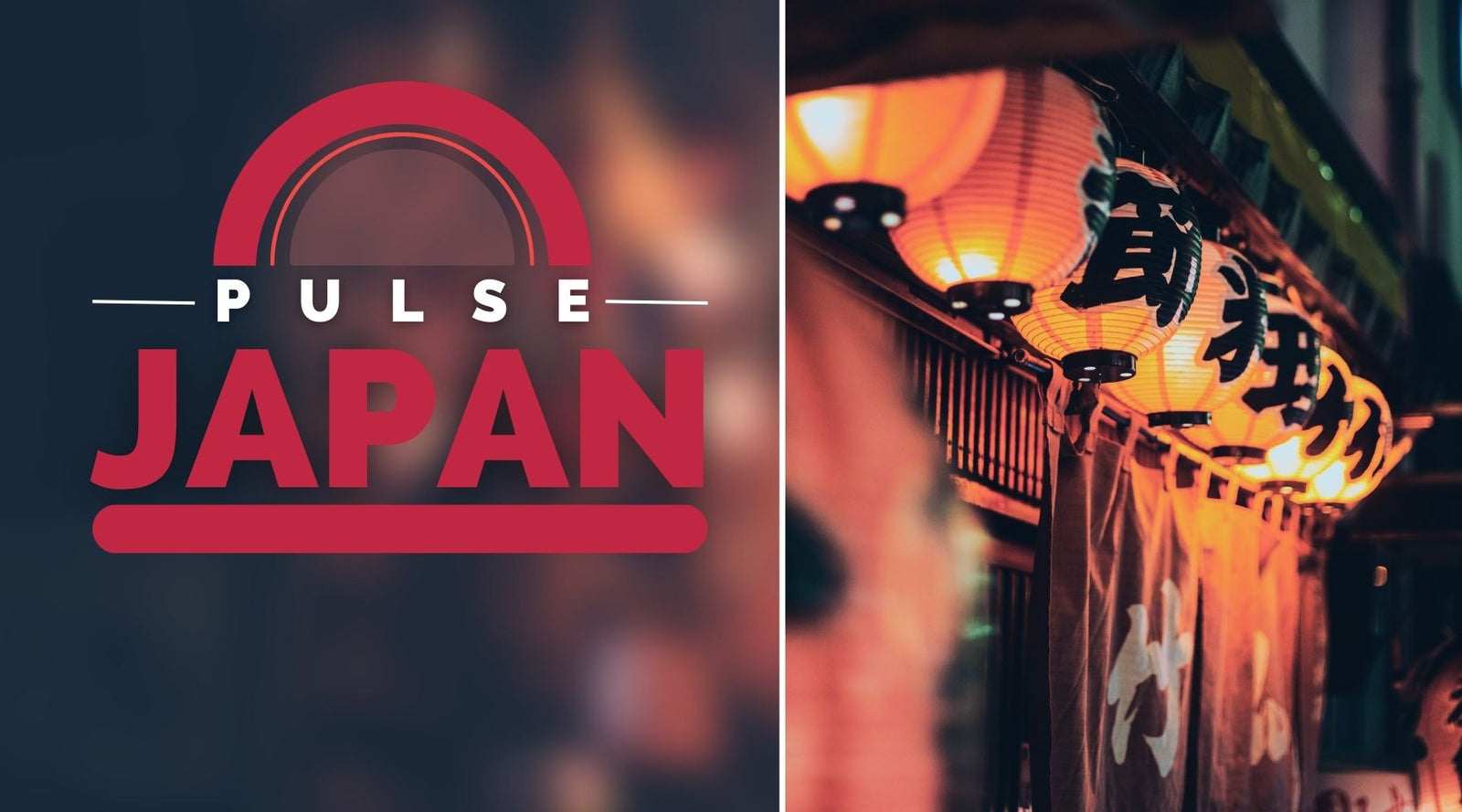
Japan has always been a dream destination for many, known for its rich culture, stunning landscapes, and cutting-edge technology. However, recent economic shifts have changed the dynamics of travel to the island nation. Let's dive into the current economic landscape and how it impacts your travel plans to Japan.
The yen has seen a significant decline against major currencies like the US dollar, hitting a 38-year low (Bloomberg). This depreciation has made Japan an incredibly attractive destination for foreign travelers. In simpler terms, your dollar, euro, or pound goes much further now. Everything from dining out to hotel accommodation has become affordable, making Japan a temporary paradise for budget-conscious tourists.
According to the (Economic Times), over 14.5 million visitors arrived in Japan in the first five months of 2024, marking a 70% increase from the previous year. This surge is directly linked to the affordability facilitated by the weak yen.
However, it's not all sunshine and cherry blossoms. While the weak yen makes travel cheaper, the influx of tourists has put pressure on local services and infrastructure. In areas with heavy tourist traffic, businesses are beginning to implement dual-pricing systems, charging higher prices for foreigners than for locals (The Guardian).
For instance, restaurants in Tokyo’s bustling districts now have revised menus sporting dishes that cost as much as ¥2,300, compared to the regular ¥500 (Time Out Tokyo). Major attractions such as Himeji Castle are considering tiered pricing, charging foreign visitors significantly more than locals to help fund maintenance and preservation efforts.
Given this complex economic landscape, strategic planning becomes crucial for budget-conscious travelers. To maximize the benefits of a weak yen while avoiding the pitfalls of inflated tourist prices, consider the following tips:
-
Book Early: Lock in your travel and accommodation at current weak yen rates to avoid potential price hikes due to ongoing economic changes and seasonal demand (Bloomberg).
-
Budget Management: It's wise to allocate your daily budget based on the type of experiences you want to have. For a budget traveler, a daily budget of approximately ¥8,000 should suffice (Smoney).
-
Alternative Options: Consider budget-friendly alternatives for accommodation and transportation to manage your travel expenses better. Capsule hotels and local transportation passes can make your trip both affordable and enjoyable.
While the economic landscape may seem challenging, a well-planned approach lets you experience Japan’s beauty and culture without breaking the bank.
Transitioning smoothly, the next aspect to consider is finding affordable accommodation options that won’t compromise the richness of your travel experience.
Affordable Accommodation Options
Finding a place to stay without overspending is a key component of budget-conscious travel. Japan, with its unique blend of modernity and tradition, offers a range of affordable accommodation options that can suit various preferences and budgets. Let's dive into some of these alternatives.
You don't have to break the bank to find a place to stay in Japan. Beyond the typical hotel, consider these budget-friendly alternatives:
-
Hostels: Perfect for solo travelers or those looking to meet new people. Hostels offer dormitory-style accommodations that are both economical and social.
-
Guest Houses (Minshuku): These are family-operated and provide a homier atmosphere with the chance to interact with local hosts.
-
Japanese-Style Inns (Ryokan): While some can be pricey, there are budget-friendly options that offer traditional experiences and meals at a lower cost.
-
Temple Lodging (Shukubo): Experience serene, minimalist lodging within Buddhist temples. This is both a cultural immersion and a budget-friendly option.
Exploring these alternatives can give you a taste of local life and often include added benefits like breakfast or communal activities.
Capsule hotels and business hotels are iconic to Japan and offer budget-friendly, convenient stays:
Capsule Hotels
Capsule hotels, also known as pod hotels, feature small, bed-sized rooms or "capsules" that offer basic amenities. Here’s why they might be ideal:
-
Cost-Effective: Prices typically range from 3,000 to 5,000 yen per night, making them affordable for short stays, especially near major train stations.
-
Convenient: Situated near transportation hubs, they cater to late-night arrivals and early-morning departures.
-
Unique Experience: Staying in a capsule hotel is a quintessentially Japanese experience, complete with shared facilities like bathrooms and lounges.
For more details on capsule hotels, check out (Japan Guide).
Business Hotels
Business hotels are a step up from capsule hotels but still priced reasonably. They usually offer small, basic rooms with simple amenities:
-
Affordable Rates: Prices for single rooms generally range from 6,000 to 12,000 yen per night.
-
Convenient Locations: Generally located near city centers and major transportation nodes, making them ideal for short stays and city visits.
-
Included Amenities: Business hotels often include free Wi-Fi, toiletries, and sometimes even breakfast.
For longer stays or those looking for a more community-driven experience, shared housing and student dormitories can be ideal:
Shared Housing (Share Houses)
Share houses are communal living arrangements where residents have private or shared rooms and shared common areas. This option suits those looking to build connections and save costs:
-
Diverse Network: These houses often promise a mix of Japanese and foreign residents, fostering rich cultural exchanges.
-
Lower Costs: Share houses cut down on overhead costs like utilities and deposits, making them an economical option for extended stays. For more details, check out (Your Home in Japan).
Student Dormitories
Student dormitories are typically managed by universities or local governments and offer lower costs and greater community spirit:
-
Affordable Living: These dorms often have lower rent and shared utilities, making them a good fit for students or long-stay visitors on a budget.
-
Cultural Immersion: Dorm life can be a great way to meet other students and experience Japanese culture firsthand.
-
Fully Furnished: Many dorms come equipped with necessary furniture and appliances, simplifying the moving process.
For more insights on student accommodations, check out (Education Japan).
Budget-friendly accommodation is just one part of traveling economically through Japan. With some thoughtful planning, you can extend your savings to other aspects of your trip, from transportation to dining, ensuring a fulfilling experience that’s light on the wallet.
Navigating Transportation Costs
Traveling within Japan can quickly eat into your budget if you're not careful. However, with a bit of strategic planning, you can explore this beautiful country without breaking the bank. Let's dive into some effective ways to manage your transportation costs.
For foreign tourists planning extensive travel across Japan, the Japan Rail (JR) Pass is a game-changer. This pass provides unlimited access to JR trains, including the famous Shinkansen (bullet trains), which cover nearly all corners of Japan. The JR Pass can be a cost-effective solution for those looking to explore multiple regions within a limited timeframe.
One of the standout perks of the JR Pass is the convenience and hassle-free experience it offers. Purchasing the pass in advance is simple, allowing travelers to focus on enjoying their journey rather than worrying about buying individual tickets (Klook). Additionally, the JR Pass grants access to special discounts at various tourist facilities and even some hotel accommodations, making it a value-added option for savvy explorers (Japan Rail Pass).
It's important to note that while the JR Pass covers an extensive range of JR-operated trains, it does not include municipal subways or private suburban lines in cities like Tokyo and Osaka (Japan Travel). Despite these limitations, the pass can significantly reduce travel expenses for long-distance trips, for instance, traveling between Tokyo and Osaka without any extra charges (JR Rail Pass).
If your travel plans are more concentrated within a specific city or region, local transportation day passes can be a cost-effective alternative. Cities like Tokyo, Osaka, and Kyoto offer various day passes that provide unlimited access to subways, local trains, and buses for a flat fee.
For instance, the Tokyo Metro 24-Hour Pass is a great option for those intending to explore the capital city extensively within a day (Rakuten Travel). Similarly, the Kyoto-Osaka Rail Sightseeing Pass offers budget-friendly access to major attractions in both cities (WorldTrips).
These passes not only simplify logistics but also save money compared to purchasing individual tickets each time you use public transport. Some passes come with additional perks, such as discounts at tourist attractions, making them even more valuable.
For those willing to sacrifice a bit of comfort for significant savings, overnight buses are a fantastic option. They are one of the most economical ways to travel medium to long distances in Japan (Japan Guide).
Overnight buses offer the dual benefit of transportation and accommodation in one, effectively allowing you to save on hotel costs while covering considerable ground (Rakuten Travel). Companies such as Willer Express provide a range of options, from basic four-seat rows to more private and comfortable seating arrangements (The Navigation).
To get the best deals, consider booking your tickets early (hayauri pricing) and traveling during off-peak times. Prices can vary widely depending on the type of bus and the level of privacy you prefer. For example, a standard ticket from Tokyo to Kyoto might be as low as JPY 2,000, while a more private setup could cost up to JPY 13,700 (Japan Travel).
Japan's well-organized and punctual public transport system makes navigating the country efficiently possible, even on a tight budget. As you embark on your journey, consider blending these transportation strategies to optimize your travel experience.
Dining on a Budget
Exploring Japan cuisine doesn't have to deplete your savings. With careful planning and a smart approach to dining, you can enjoy delicious Japanese food without spending a fortune. Here are some budget-friendly dining strategies to consider.
Japanese convenience stores, or konbini, are culinary goldmines for budget travelers. Conveniently located and open 24/7, konbini like 7-Eleven, Lawson, and Family Mart offer a wide array of affordable and fresh meals. From bento boxes and onigiri (rice balls) to sandwiches and salads, these stores provide tasty options for breakfast, lunch, or dinner. They even offer hot dishes such as fried chicken, steamed buns, and various skewers (Bokksu).
Another great option is food halls in department stores, known as depachika. Located in the basement levels of major department stores like Isetan or Mitsukoshi, these sprawling food paradises offer a range of freshly prepared meals. The real trick here is timing—show up around closing time (usually after 7 PM) to snag significant discounts, sometimes up to 50% off (Travels With Nano).
If you prefer a sit-down meal, izakayas are excellent choices. These traditional Japanese pubs offer a variety of small, affordable dishes that are perfect for sharing. Popular chains like Torikizoku, which specializes in yakitori (grilled chicken skewers), and Watami are worth visiting (Tokyo Zebra). A meal here typically costs between 2,000 to 5,000 yen per person, depending on your selections (Japan Guide).
For those craving a quick yet hearty meal, ramen shops are an ideal choice. Often priced between 600 and 1,200 yen per bowl, ramen is a filling and wallet-friendly option. Many ramen shops even utilize vending machines for orders, making the experience quick and seamless (Japan Travel).
Taking Advantage of Lunch Specials and Discounted Evening Meals
Timing your meals can play a big role in keeping your food costs down. Many restaurants in Japan offer discounted lunch specials, making it an excellent time to enjoy more expensive types of cuisine without the hefty price tag. A typical lunch might include a set meal with multiple courses for under 1,000 yen (Travels With Nano). These set meals often include a main dish, rice, miso soup, and a small salad, providing both variety and value.
For dinner, adopting a more flexible dining approach can also save money. After 8 PM, supermarkets and depachika often start discounting their fresh products, such as sushi and bento boxes, to move inventory quickly. This is a fantastic opportunity to grab high-quality meals at reduced prices, sometimes up to 50% off (Reddit).
Another budget-friendly option for dinner is family restaurants, or famiresu. Chains such as Saizeriya and Coco’s offer Western-style and Japanese dishes at very affordable prices. These restaurants are designed to be family-friendly and economical, often featuring extensive menus with something for everyone, including pricier items like pasta and steaks for less than 1,000 yen per dish (Reddit).
Here is a sample day of budget dining in Japan that maximizes your culinary experience while minimizing costs:
-
Breakfast: Start your day with a visit to any nearby konbini. Grab an onigiri and a coffee for a quick, satisfying breakfast. Cost: 200-500 yen.
-
Lunch: Head to a local ramen shop or take advantage of a depachika lunch set. Try a bowl of ramen or a bento set. Cost: 600-1,200 yen.
-
Afternoon Snack: Visit a depachika for a sweet treat. Prices for pastries or a small snack items are typically affordable. Cost: 200-300 yen.
-
Dinner: Opt for a late dinner and snag discounted sushi or bento boxes from a supermarket or department store food hall. Alternatively, enjoy an izakaya experience with a few small dishes to share. Cost: 1,000-2,000 yen.
By following this sample itinerary, you can enjoy diverse and delicious Japanese cuisine for about 2,000-3,500 yen per day.
-
Purchase a pre-paid card for chain restaurants and convenience stores. These cards often offer small discounts or cashback opportunities on future purchases.
-
Join restaurant reward programs where available. Some eateries offer loyalty points or discounts after repeated visits.
-
Utilize mobile apps to find nearby restaurant deals and discounts. Apps like Gurunavi and Tabelog can help you locate budget-friendly deals close by.
Navigating the food scene in Japan on a budget does take some strategic planning, but the reward is a culinary adventure that doesn’t empty your wallet. Immerse in the local flavors, enjoy diverse cuisines, and remember, sometimes the best meals are the least expensive ones.
Next up, we will delve into sightseeing and activities that align with affordable travel, ensuring you get the most out of your Japanese adventure.
Sightseeing and Activities
Japan is a treasure trobe for free attractions, ensuring that budget-conscious travelers can still indulge in rich cultural experiences. For instance, Tokyo alone offers an array of free activities. Participate in a serene stroll around the grounds of the Imperial Palace or follow the pilgrim route to Sensō-ji, Tokyo’s oldest Buddhist temple, located in Asakusa. Both spots promise captivating history and architectural beauty without costing a yen.
Moreover, vibrant districts like Harajuku and Akihabara can be explored free of charge. Harajuku is famed for its eclectic fashion and youthful culture, while Akihabara is a paradise for anime and manga enthusiasts. Don’t miss the chance to witness the bustling Shibuya Crossing, one of the busiest pedestrian intersections in the world, and a must-see experience that’s completely free.
Festivals in Japan are another fantastic way to immerse yourself in local traditions without breaking the bank. The country hosts numerous colorful and lively festivals throughout the year. From the enchanting Hirosaki Cherry Blossom Festival in Tohoku to the iconic Gion Matsuri in Kyoto, these events provide a window into Japan’s rich cultural heritage. Most festivals are free to attend, though some activities may require a small fee. For more festival ideas, check out the extensive list of events on the (Japan Travel website).
While iconic landmarks like Tokyo Tower and Universal Studios Japan are undeniably appealing, they can be costly. Instead, consider alternative experiences that provide similar joys without the hefty price tag. For example, rather than visiting Tokyo Skytree, opt for the observation deck at the Tokyo Metropolitan Government Building in Shinjuku. The view is equally stunning and, better yet, it’s free.
Similarly, instead of paying for entry to a high-end theme park, why not explore the historical district of Kurashiki Bikan or the beautiful coastal town of Matsushima? Both locations offer gorgeous scenery and cultural experiences without the exorbitant fees.
Japan’s array of tourist discount passes can significantly reduce the cost of sightseeing. The (Osaka Amazing Pass) is a great example, offering free entry to numerous attractions along with unlimited travel on subways, trams, and buses within the city. Similar passes are available in other cities—like the Hakone Free Pass for the hot spring town of Hakone and the Nikko All Area Pass for the historical area of Nikko. These passes often include discounts at selected tourist spots, making them a fantastic investment for travelers keen on exploring multiple attractions.
For more extensive travel, consider region-specific passes such as the (Tokyo Metro 24-Hour Pass) or the (Kyoto-Osaka Rail Sightseeing Pass). These passes offer unlimited travel on local trains and discounted access to key attractions, making it easier for you to navigate and explore Japan affordably.
Japan's array of free attractions, vibrant festivals, budget-friendly alternatives to popular spots, and various tourist discount passes ensure that sightseeing doesn’t have to drain your wallet. With some smart planning, you can immerse yourself in the country’s rich culture and history without overspending.
Money-Saving Tips and Tricks
Visiting Japan offers an enriching experience filled with stunning landscapes, rich culture, and delicious food. However, it can come with a hefty price tag if you're not careful. Here are some key tips to help you manage your budget while still making the most of your trip to Japan.
One of the first steps to saving money in Japan is to learn a few basic Japanese phrases. Not only will this enhance your travel experience by making interactions smoother, but it can also sometimes lead to hidden discounts and better deals. Phrases like "Sumimasen" (Excuse me), "Arigatou" (Thank you), and "Kore wa ikura desu ka?" (How much is this?) are particularly useful.
Understanding and using basic Japanese can indicate your respect for the local culture, and shopkeepers or vendors might appreciate this effort with small discounts or freebies. Websites like (Reddit) and apps can provide you with essential travel-related phrases that are easy to learn and apply.
Japan is a country that still heavily relies on cash for everyday transactions, even though credit cards are becoming more widely accepted, especially in urban areas. Many small shops, restaurants, and rural areas prefer cash and might even offer small discounts for cash payments because it saves them credit card processing fees.
When using cash, it's essential to be aware of traditional etiquette. For instance, placing your payment on a small tray rather than handing it directly to the cashier is considered polite. According to (Wise blog), while urban areas are adapting to cashless transactions, cash remains king in many parts of the country. Carrying a mix of big and small denominations can also be helpful, as smaller shops might struggle to break large bills.
One of the most significant advantages for tourists in Japan is the ability to shop tax-free. Items bought at tax-free shops must be for personal use and not consumed in Japan. The tax-free shopping experience can feel a bit complicated initially, but it’s well worth navigating the process to save on Japan’s 10% consumption tax.
To qualify for tax-free shopping, you must present your passport at the time of purchase, and the final tax-free price will be applied immediately. There are many stores with tax-free signs, especially in major shopping districts. According to (Japan.travel), you need to keep your tax-free items unopened and your receipts in case customs need to verify them when you are departing.
Steps to Shop Tax-Free:
-
Shop at stores displaying a “Japan Tax-Free Shop” sign.
-
Make a minimum purchase of 5,000 yen.
-
Present your passport at the tax-free counter.
-
Ensure the purchased items remain unused in Japan.
(Travel Rakuten) also notes that to enjoy these benefits, your passport must be stamped upon arrival in Japan. This stamping confirms your status as a short-term visitor, which is a prerequisite for tax-free privileges.
By following these money-saving tips, you can ensure your Japanese adventure is both enjoyable and financially manageable. Remember, a bit of preparation goes a long way in making your yen stretch further without compromising on the quality of your experience.










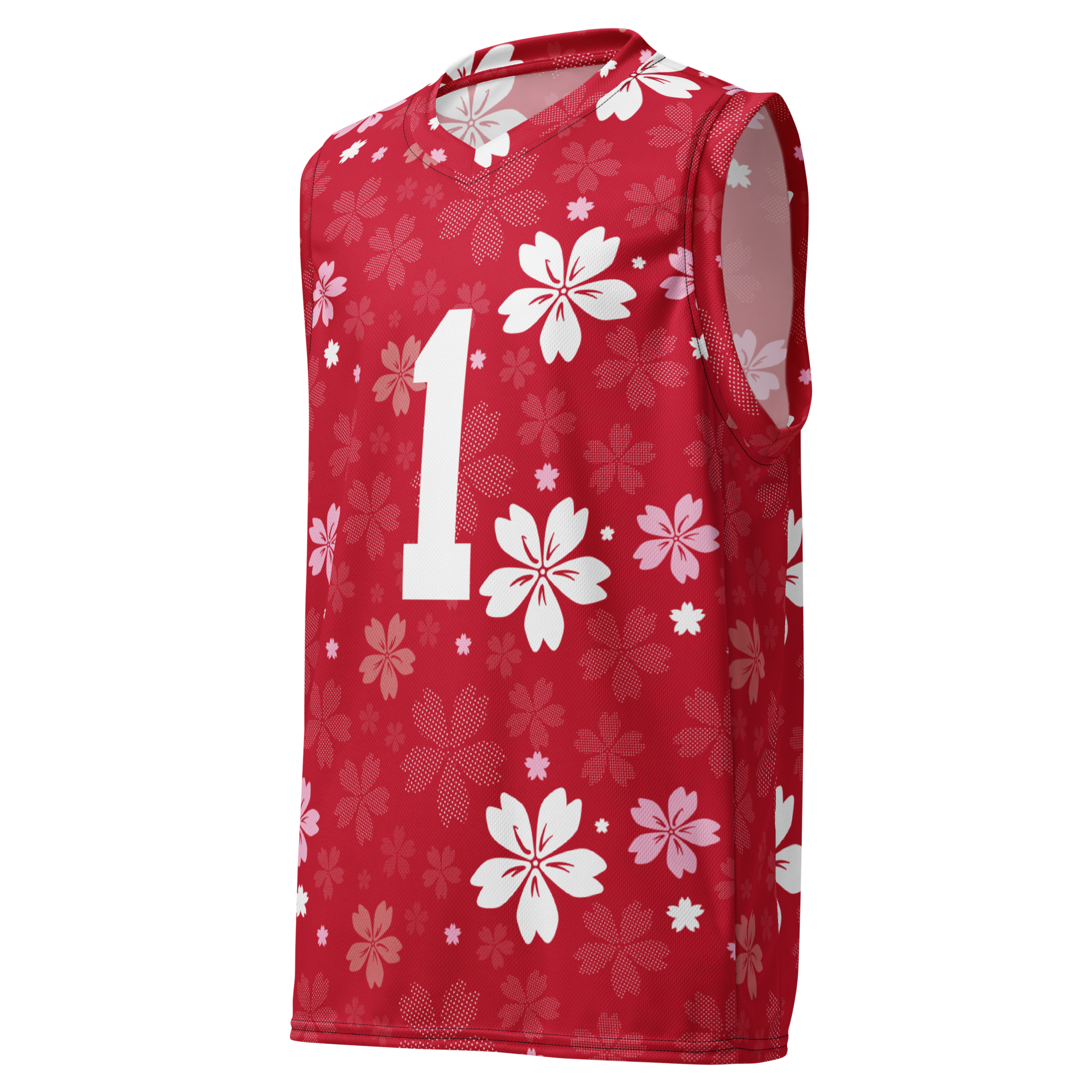
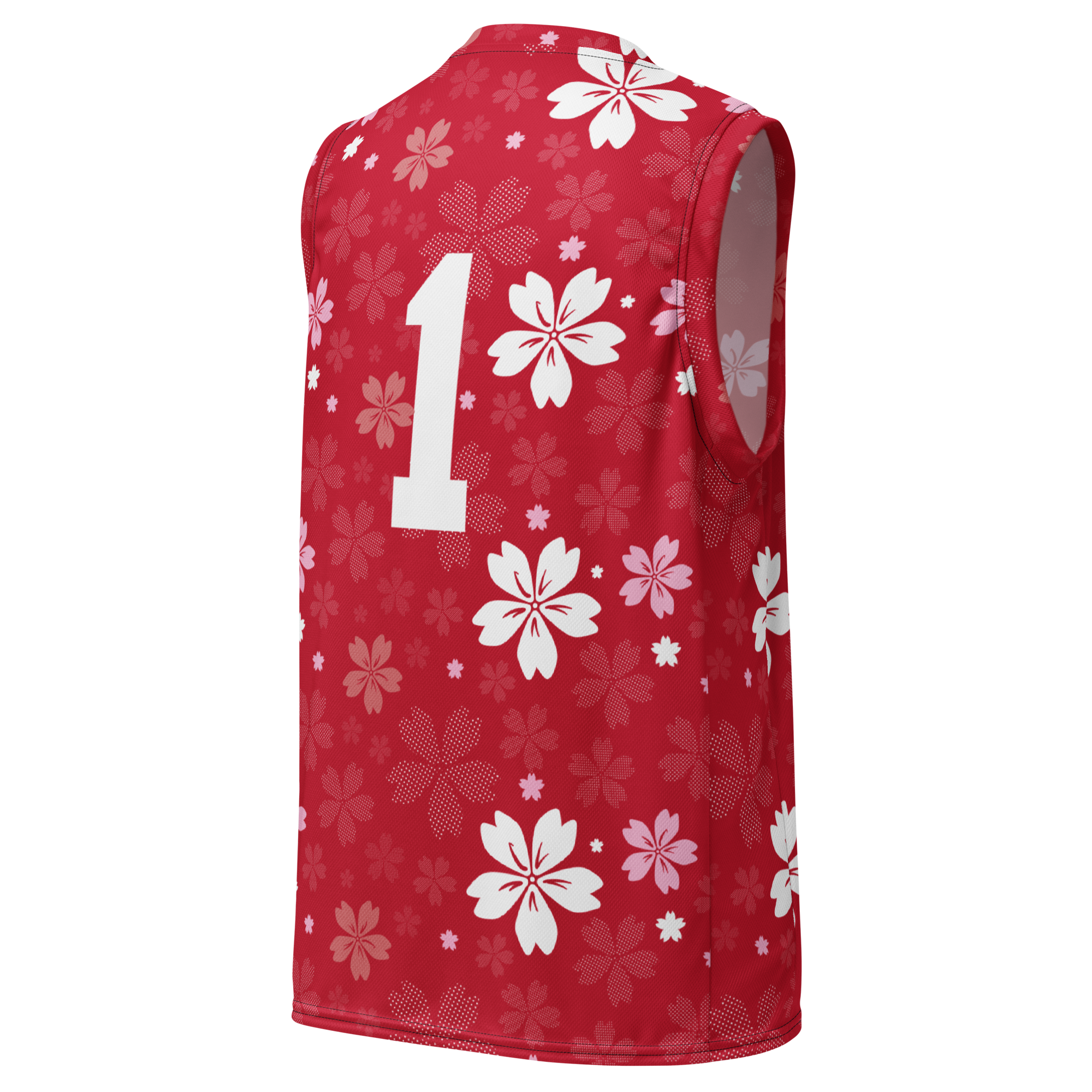

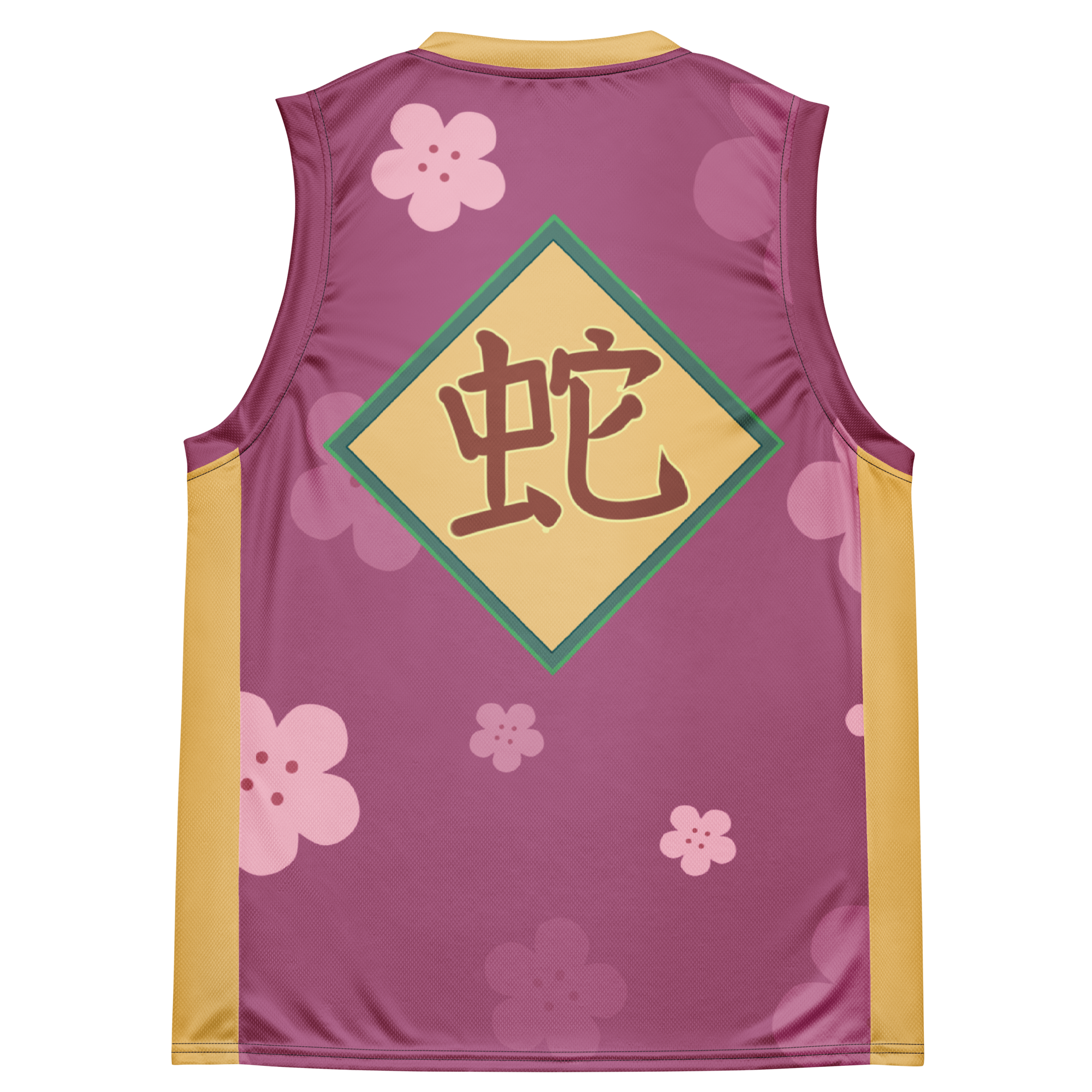
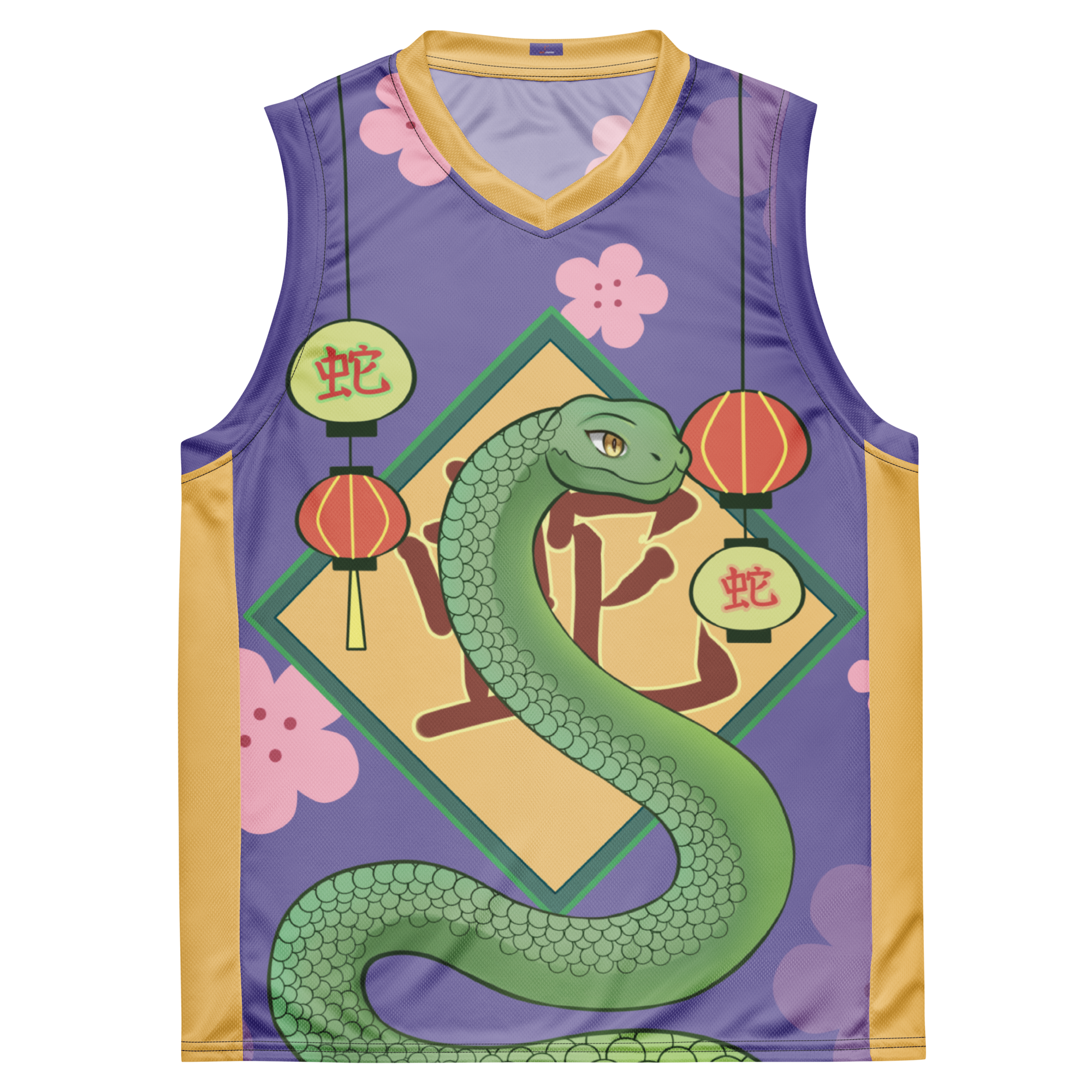
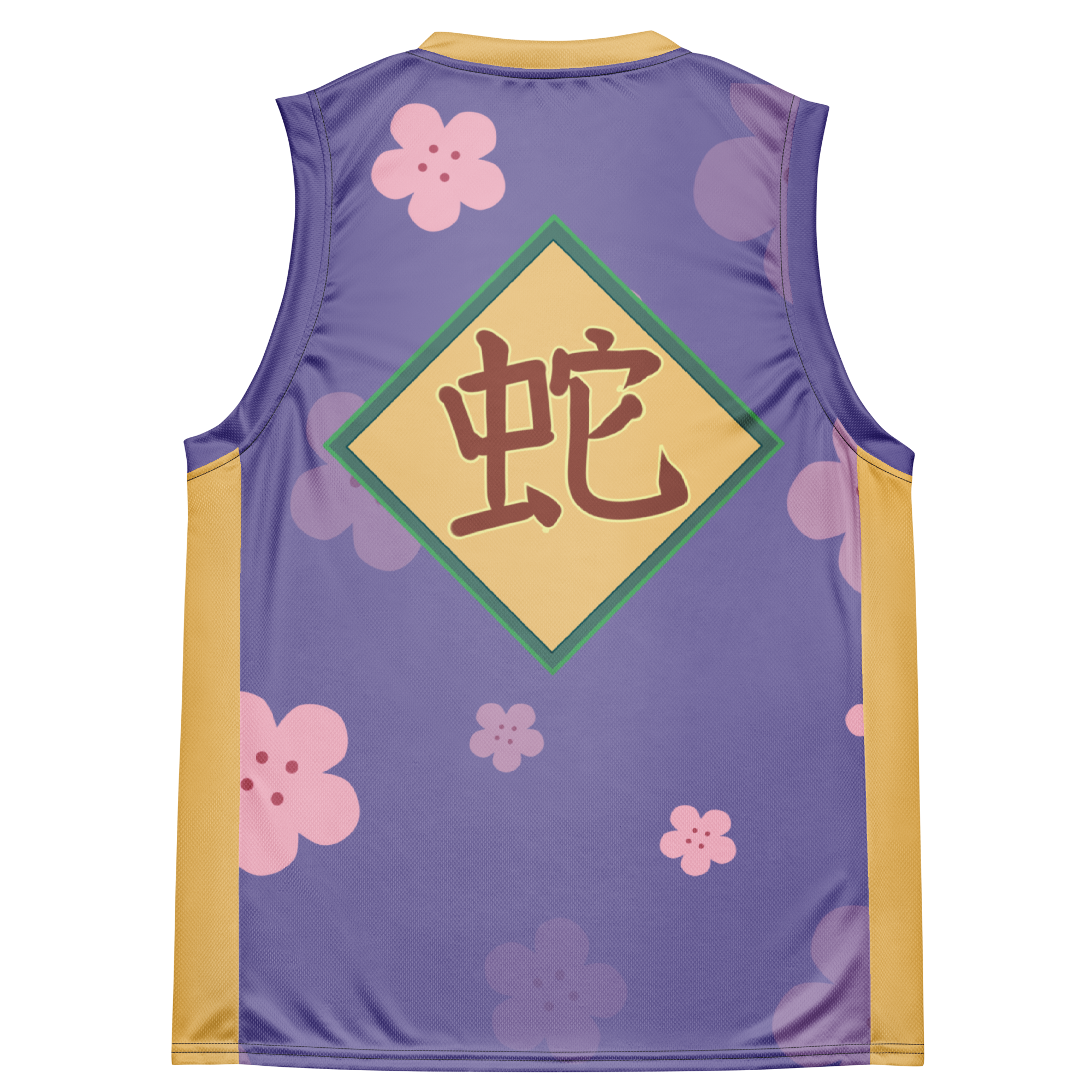

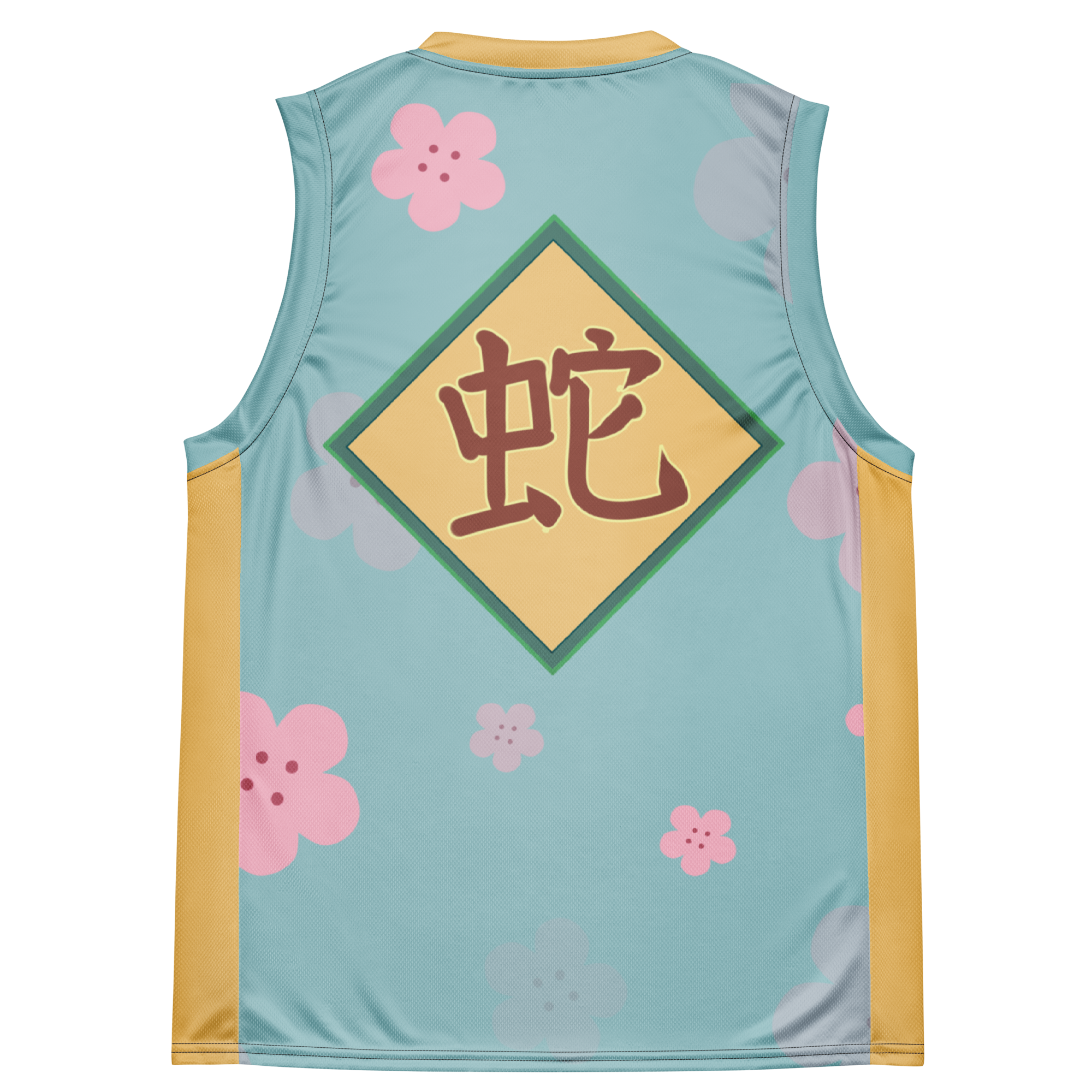















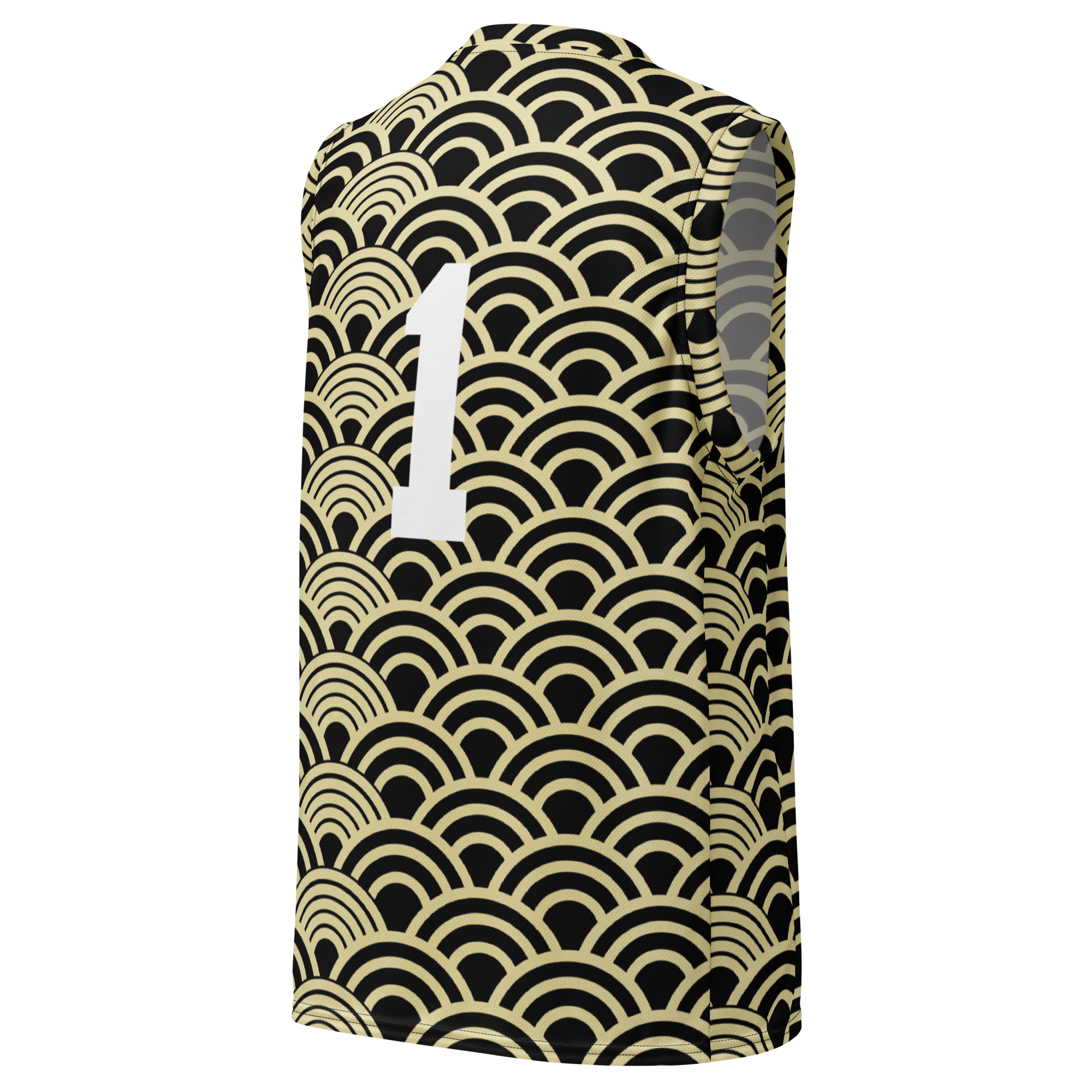
Leave a comment